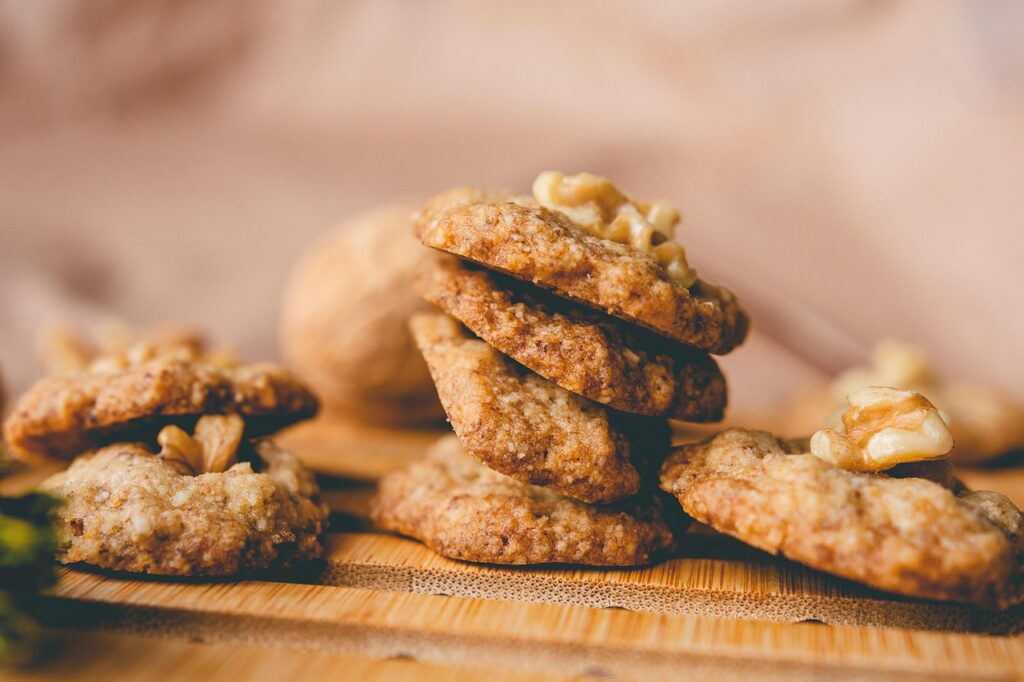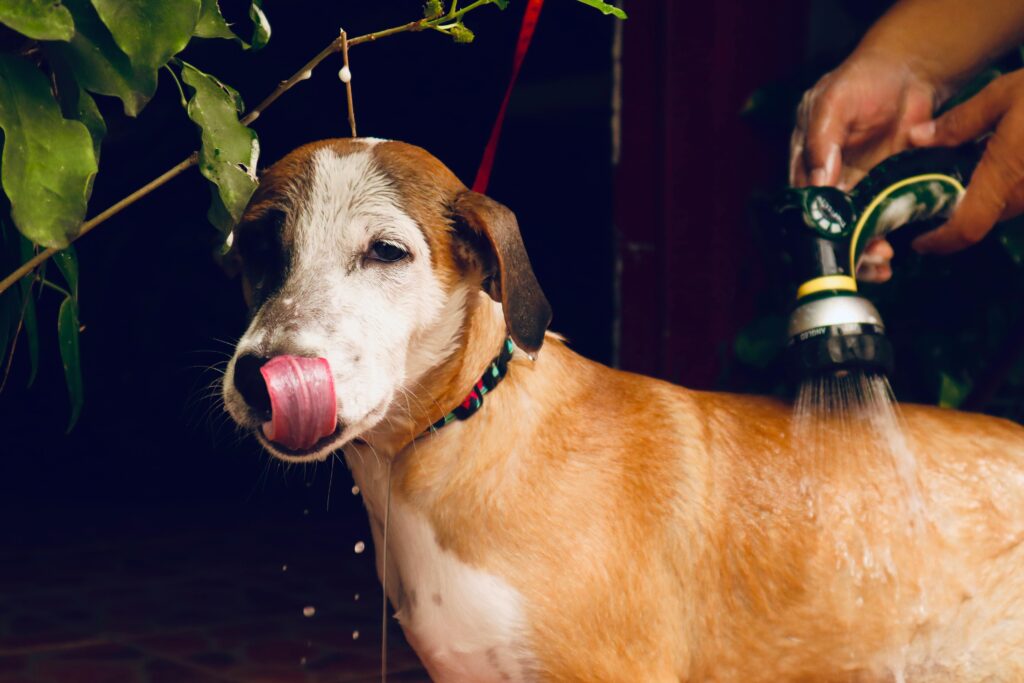Taking care of your dog’s teeth is essential for their overall health. Here are some comprehensive steps to ensure good dental hygiene for your dog:
1. Brush Your Dog’s Teeth Regularly
- Frequency: Aim to brush your dog’s teeth at least 2-3 times a week, though daily brushing is ideal.
- Toothbrush: Use a dog-specific toothbrush or a finger brush. These are designed to be gentle on your dog’s gums and effective in cleaning their teeth.
- Toothpaste: Only use toothpaste formulated for dogs. Human toothpaste contains ingredients that can be harmful to dogs if swallowed.
2. Provide Dental Chews and Toys
- Dental Chews: These help reduce plaque and tartar buildup. Look for chews approved by the Veterinary Oral Health Council (VOHC).
- Chew Toys: Hard rubber or nylon toys designed for chewing can also help keep your dog’s teeth clean.
3. Offer a Healthy Diet
- Dry Food: Kibble can help reduce plaque as it creates a brushing effect when chewed.
- Dental Diets: Some pet food brands offer dental diets specifically formulated to improve oral health.
4. Regular Professional Dental Cleanings
- Veterinary Visits: Schedule regular dental check-ups with your vet. Professional cleanings under anesthesia may be necessary to remove tartar and prevent periodontal disease.
5. Use Dental Rinses and Water Additives
- Dental Rinses: These can help reduce bacteria in the mouth. They are typically added to your dog’s water.
- Water Additives: Similar to rinses, these are added to your dog’s drinking water to help maintain oral hygiene.

6. Monitor for Dental Problems
- Signs to Watch For: Bad breath, red or swollen gums, yellow or brown tartar buildup, difficulty eating, pawing at the mouth, or excessive drooling can indicate dental issues.
- Early Detection: Early detection of dental problems can prevent more serious health issues.
7. Regular Dental Checks at Home
- Mouth Checks: Regularly check your dog’s mouth for any signs of dental problems, such as broken teeth, abnormal growths, or inflammation.
Tips for Brushing Your Dog’s Teeth:
- Start Slow: Introduce the brushing process gradually, allowing your dog to get used to the taste of the toothpaste and the feel of the brush.
- Be Gentle: Use gentle, circular motions to brush the teeth and gum line.
- Reward Your Dog: Positive reinforcement, like treats or praise, can make the experience more pleasant for your dog.
Additional Considerations:
- Bones: Be cautious with giving bones as they can sometimes cause dental fractures. Consult your vet for suitable options.
- Avoid Hard Objects: Avoid giving your dog hard objects like hooves or antlers, as they can cause teeth fractures.




